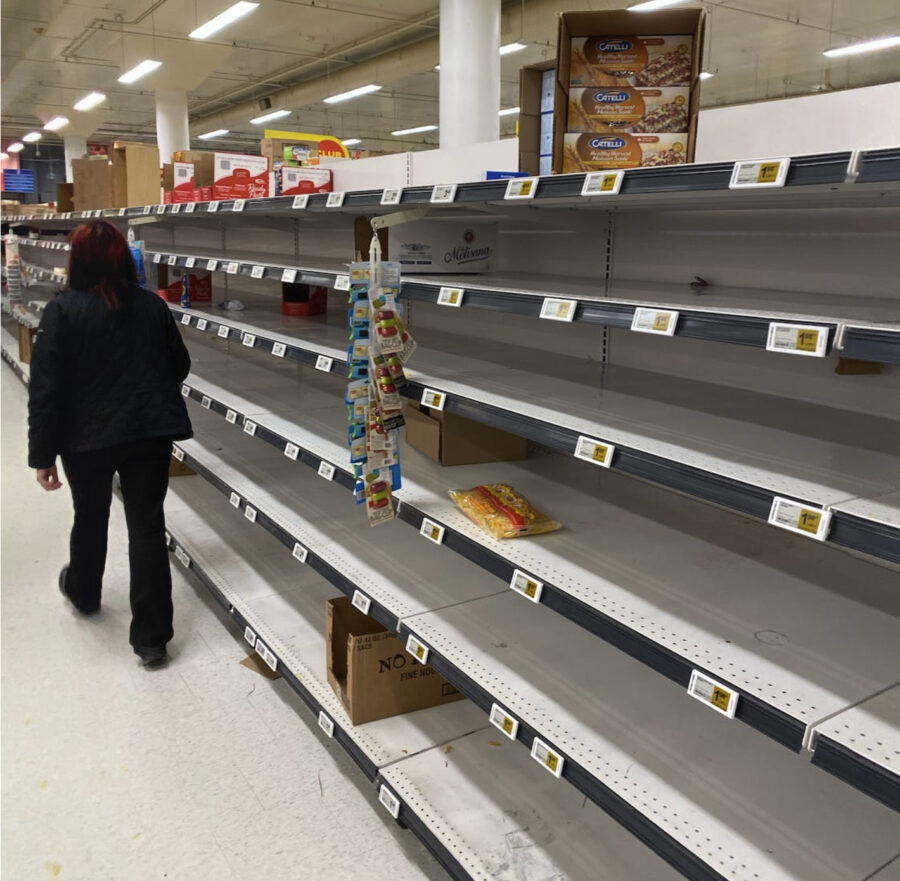Labor shortages and economic uncertainty have made managing out-of-stocks an important challenge for grocers to consider. Out-of-stocks are costing North American food retailers 5.9% of their total retail sales—better than their global peers, but still leaving billions of dollars on the table, according to IHL Group’s Grocery Out-of-Stocks—Big Problems, Key Solutions.
This is an ongoing issue across all retail verticals but grocers in particular have been on top of it since the first supply runs during the pandemic, according to Greg Buzek, Founder and President of IHL Group. He believes, “we’re three years into about a five-to-seven-year problem,” which still leaves plenty of room for further improvement.
One area where grocers need to take care is store-based fulfillment such as curbside pickup, according to Buzek. This causes two sets of shoppers, online and in-store, to pull from the same limited inventory. An item in stock during the morning may be gone by the time a shopper arrives after work to pick it up, or a mass of digital orders could lead in-person customers to empty shelves.
“The average retailer is losing anywhere from five to almost 15 points from the margin when they’re doing digital orders,” said Buzek. “You could get away with that when it was only 2% or 3% of your business. You can’t now when it’s over 15% of your business.”
One solution Buzek highlighted is dedicated inventory for digital orders. Taking the most commonly ordered products and creating a dedicated stockpile keeps online customers happy and enables more efficiency for pickers.
Figuring out which products need special attention requires grocers to have strong insights into their own inventories, especially what’s moving from store shelves. This takes an investment, but it can pay off in multiple ways. One of the top technologies Buzek suggested for overcoming supply chain shortages is computer-aided ordering, which gauges demand and helps retailers order accordingly to avoid overstocks and understocks.
“Computer-aided ordering as well as a lot of forecasting tools require that you have accurate data,” said Buzek. “Using computer vision technologies to understand what’s really on the shelves—not what the system says but what’s really on the shelves—goes a long way to helping get you there. Artificial intelligence, computer-aided ordering, all of these things—if you’re not working from good data to start with, these only create worse decisions faster. If you can get to that accurate, clean data, then the solutions can really add value.”
A strong data backbone can also assist grocers with dynamic pricing, which is another persistent challenge. The labor crunch has made it harder for associates to keep up with pricing displays on shelves, and pricing disconnects cost North American food and grocery retailers $4.8 billion annually, according to IHL data.
“You can dynamically price against a Walmart or Amazon,” said Buzek. “You can dynamically price because this is something that’s affected by weather and the weather has changed. Or you can price it based on the fact that the last batch that came in was considerably higher cost than the previous one. You’re able to do all that and preserve margin.”












